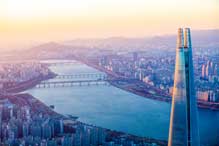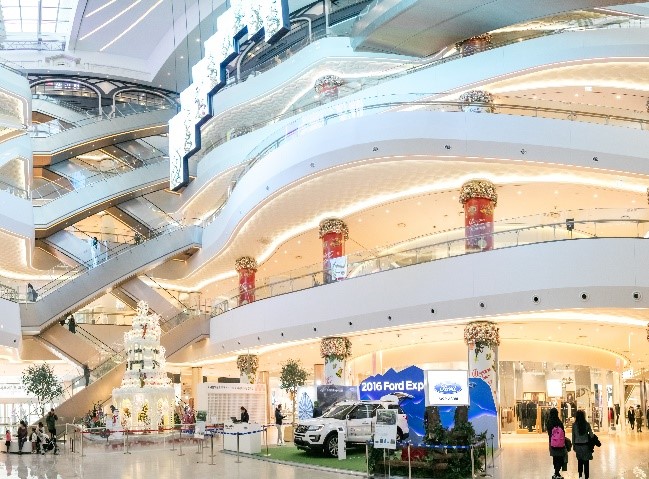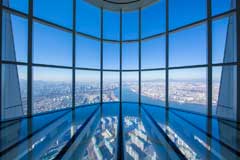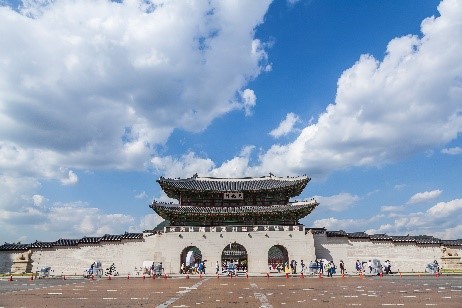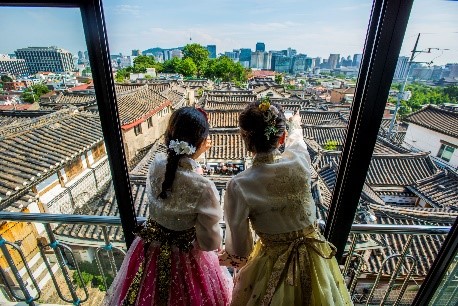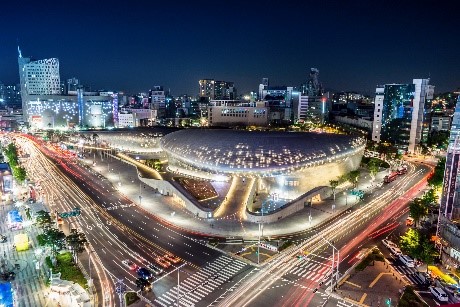Tour Programs
* The itineraries are subject to change.
** Tour may be cancelled due to low participation.
Night Excursion
|
Detailed Information |
|||
|
Date |
August 17th |
||
|
Itinerary * |
SNU – Lotte World Tower – Lotte World Mall – Coex |
||
|
Price |
Admission tickets for observatories and venues that require entry are available for individual purchase. |
||
|
Conditions |
w/ English speaking guide |
||
|
Description |
The Lotte World Tower Observatory is located at the top of the Lotte World Tower, the world's fifth tallest building standing 123 stories and 555 meters high. It is the only place where you can take in a gorgeous 360-degree view of Seoul, the capital city of South Korea roaring with brilliant history and dynamic modern culture. The Observatory offers a diverse range of unique experience at any time of the year and day. |
||
|
|
|
|
|
Afternoon Tour
|
Detailed Information |
|||
|
Date |
TBD |
||
|
Itinerary * |
SNU – Gwanghwamun Gate (Passing)
– Gyeongbokgung Palace – National Folk Museum – Insadong Antique Street – Bukchon Hanok Village – |
||
|
Price |
USD 100/person |
||
|
Conditions |
w/ English speaking guide |
||
|
Description |
Built in 1395, Gyeongbokgung Palace is also commonly referred to as the Northern Palace because its location is furthest north when compared to the neighboring palaces of Changdeokgung (Eastern Palace) and Gyeonghuigung (Western Palace) Palace. Gyeongbokgung Palace is arguably the most beautiful, and remains the largest of all five palaces. Bukchon Hanok Village is home to hundreds of traditional houses, called hanok, that date back to the Joseon Dynasty. The name Bukchon, which literally translates to "northern village," came about as the neighborhood lies north of two significant Seoul landmarks, Cheonggyecheon Stream and Jongno. Today, many of these hanoks operate as cultural centers, guesthouses, restaurants and tea houses, providing visitors with an opportunity to experience, learn and immerse themselves in traditional Korean culture. |
||
|
|
|
|
|





